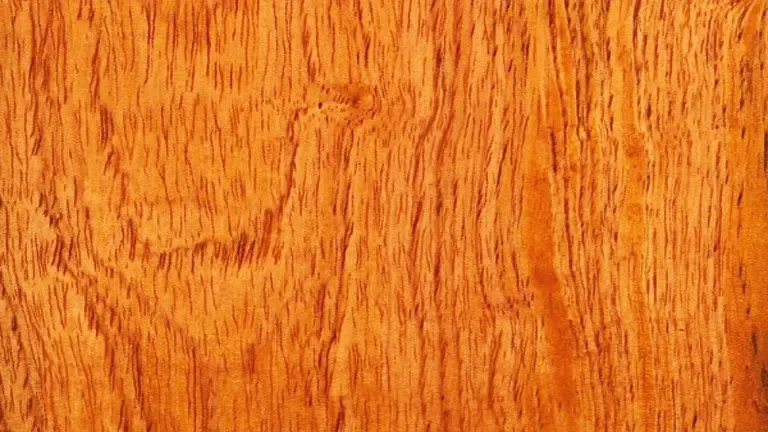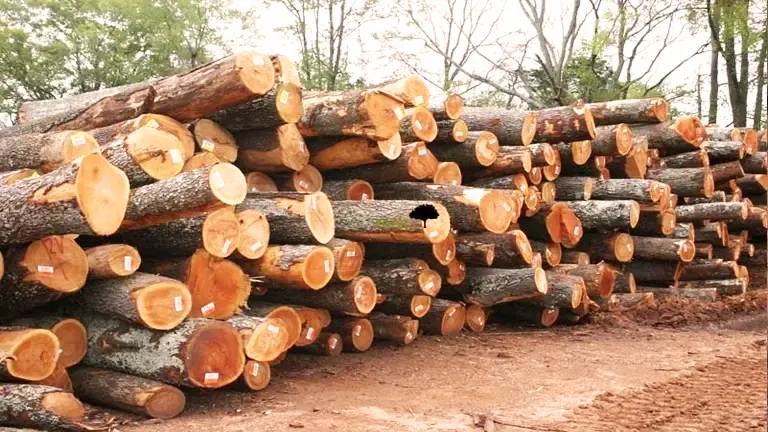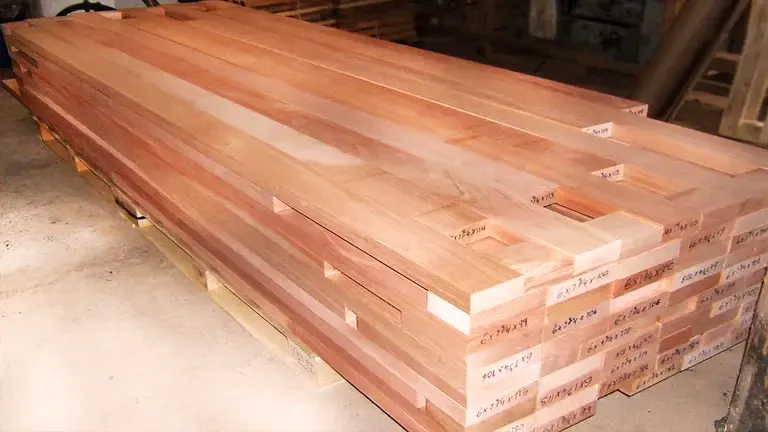Spanish Cedar Lumber
- July 31, 2023
- 0 comment
Spanish Cedar lumber, with its scientific name Cedrela odorata, stands out as a desirable hardwood renowned for its remarkable qualities. While its name might suggest a connection to true cedar species, it actually belongs to the Meliaceae family. The tree thrives in the lush tropical regions of Central and South America, where countries such as Mexico, Honduras, Nicaragua, and Brazil are its native homes.

Spanish Cedar’s popularity is owed to its outstanding durability, captivating fragrance, and appealing appearance, making it a preferred material for numerous applications. Fine woodworking, cabinetry, and boatbuilding are just a few of the areas where this versatile wood shines, showcasing its ability to enhance both functional and aesthetic aspects of various projects.
Despite its close association with the true cedars, Spanish Cedar lumber possesses its own distinct allure. Its widespread distribution across the tropical landscapes of Central and South America contributes to its availability for woodworking and construction purposes. Its impressive durability against decay and insects makes it particularly well-suited for outdoor applications, ensuring lasting performance and resistance to adverse environmental conditions.
| Property | Description |
|---|---|
| Common Name(s) | Spanish Cedar |
| Scientific Name | Cedrela odorata |
| Distribution | Central and South America |
| Tree Size | Large, typically 100-130 ft (30-40 m) tall |
| Average Dried Weight | 28-36 lbs/ft3 (450-580 kg/m3) |
| Specific Gravity | 0.45-0.58 |
| Janka Hardness | 600 lbf (2,670 N) |
| Modulus of Rupture | 9,200 lbf/in2 (63.4 MPa) |
| Elastic Modulus | 1.34-1.57 million lbf/in2 (9.2-10.8 GPa) |
| Crushing Strength | 5,280 lbf/in2 (36.4 MPa) |
| Shrinkage | Moderately high (approx. 6-8% radial; 8-10% tangential) |
Characteristics
Color/Appearance
The heartwood of Spanish Cedar exhibits a charming array of colors, ranging from delicate pale pink to warm reddish-brown, occasionally featuring darker streaks that add character to the wood’s appearance. In contrast, the sapwood presents a light, pale yellow hue. As the wood ages and is exposed to light, it gracefully deepens in color, transforming into a rich and alluring reddish-brown, further enhancing its visual appeal. This aging process gives Spanish Cedar lumber a timeless elegance, making it a popular choice for projects where aesthetics are paramount.


Grain/Texture
Spanish Cedar typically boasts a straight grain pattern, although occasional interlocking or wavy grain configurations can be observed, which only add to its uniqueness. The wood’s fine and even texture contributes to its smooth, lustrous finish, lending an air of sophistication to any crafted piece. Woodworkers appreciate its consistent texture, as it allows for precision in detailing and ensures an overall polished look in the final product.
Rot Resistance
One of Spanish Cedar’s most notable attributes is its exceptional resistance to decay and insect attack. This natural resistance makes it an ideal choice for exterior applications, such as crafting doors, windows, and outdoor furniture. Its ability to withstand adverse weather conditions and resist insect damage ensures that structures made from Spanish Cedar remain durable and long-lasting, requiring less maintenance over time.
Workability
Spanish Cedar is a delight to work with, whether using hand tools or machinery. It cuts cleanly and smoothly, allowing for precision in shaping and carving. The wood’s fine texture facilitates excellent gluing and finishing, enabling craftsmen to achieve seamless and professional-looking results. However, it’s worth noting that Spanish Cedar contains silica, which may mildly dull cutting edges, so periodic sharpening is advisable for optimal workability.

Odor
The distinct and pleasant aroma of Spanish Cedar is a standout feature, setting it apart from many other hardwoods. This aromatic quality has made it a favored choice for crafting cigar humidors and storage containers. Aside from providing a delightful fragrance, the wood’s natural scent acts as an insect repellent, protecting cigars and other stored items from potential infestations.
Allergies/Toxicity
While the dust generated from working with Spanish Cedar can cause respiratory irritation in some individuals, it is generally considered to have low toxicity and is not a severe allergen. As with any woodworking project, using appropriate safety measures, such as wearing a dust mask and working in a well-ventilated area, is essential to minimize exposure to wood dust.
Pricing/Availability
Spanish Cedar is reasonably priced, making it accessible for a wide range of projects. It is often available in various grades and sizes, depending on the region and demand. Due to its popularity and unique properties, it can be found in lumberyards, specialty wood suppliers, and online retailers.
Sustainability
Although Spanish Cedar is not currently listed on the IUCN Red List of Threatened Species, it is crucial to source the lumber responsibly and sustainably. Supporting responsible forest management practices ensures the long-term availability of this valuable wood species while contributing to overall ecological balance and conservation efforts.
Common Uses
Spanish Cedar’s versatility allows it to be utilized in an array of applications. From exterior and interior millwork, including doors and windows, to boatbuilding and veneer, the wood’s natural durability and captivating appearance are put to excellent use. Additionally, its popularity in crafting cigar boxes and humidors is a testament to its reputation for providing a pleasant aroma and insect-resistant properties, making it a cherished choice for connoisseurs and collectors alike.


Frequently Asked Questions
- Is Spanish Cedar related to true cedar?
No, Spanish Cedar is not related to true cedars. It belongs to the Meliaceae family. - What is the distinctive feature of Spanish Cedar?
Spanish Cedar is known for its pleasant aroma, which is why it is commonly used in cigar humidors. - Is Spanish Cedar suitable for outdoor projects?
Yes, Spanish Cedar’s natural resistance to decay and insects makes it a good choice for outdoor applications. - Can Spanish Cedar cause allergies?
While the wood dust may cause respiratory irritation in some people, it is not generally highly allergenic. - Is Spanish Cedar a sustainable choice?
While Spanish Cedar is not endangered, it is essential to ensure responsible sourcing to support sustainability efforts. - What are the typical uses of Spanish Cedar lumber?
Spanish Cedar is used in fine woodworking, cabinetry, boatbuilding, veneer, and cigar boxes/humidors, among other applications.
We’d be delighted to hear from you! Share your personal experiences and thoughts about Spanish Cedar Lumber in the comments section below. Your insights have the potential to assist others in making well-informed decisions!








Leave your comment